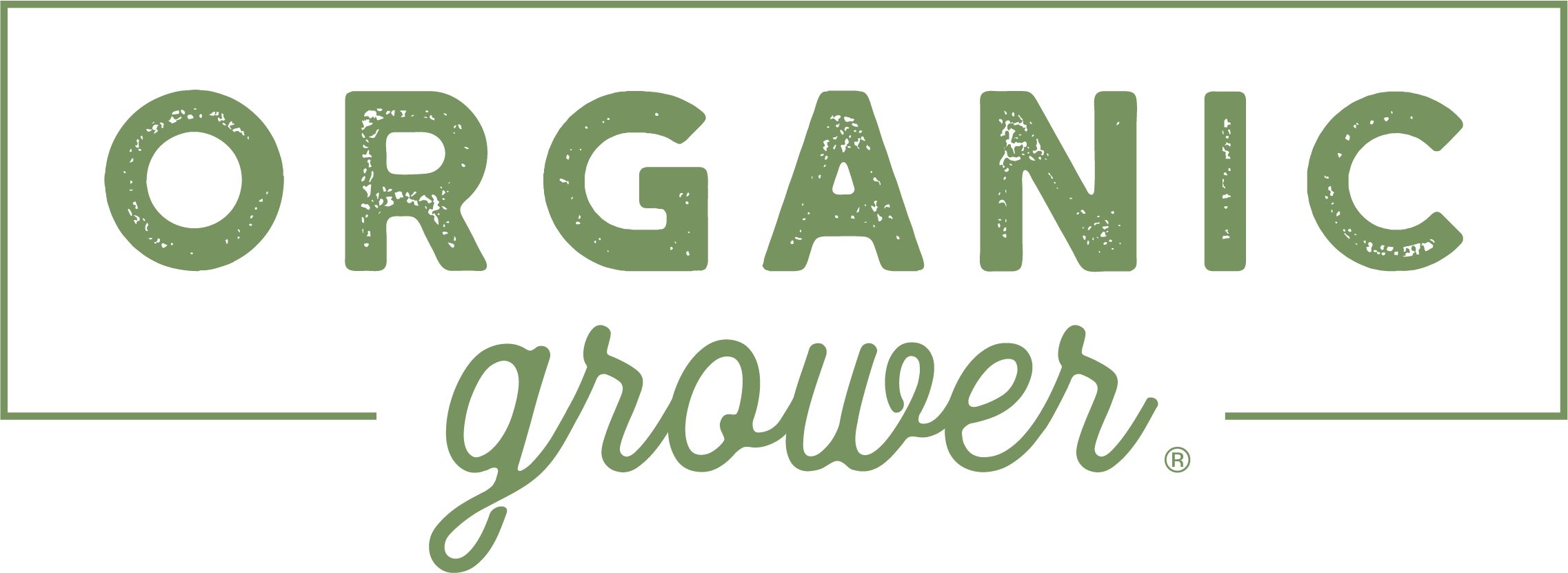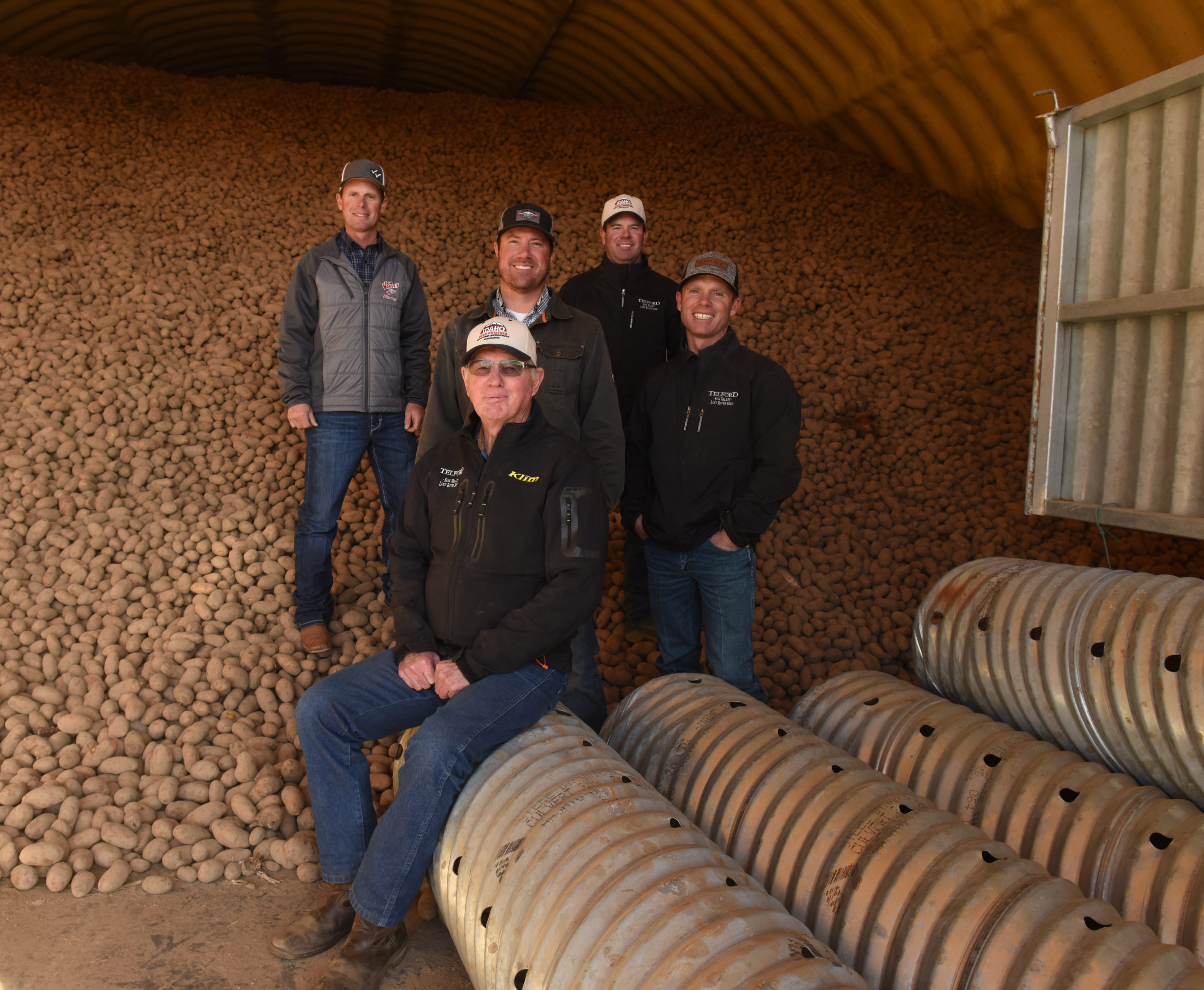Feb 19, 2019Levity technology keeps nitrogen in amine form to improve yields
Nitrogen is the most used and least understood of all agricultural nutritional inputs. Typically, only a third of applied nitrogen is taken up by crops. However, the effect that the form of nitrogen is delivered in has a direct relation on how and which crop cells grow and develop is not widely understood, but offers great potential to increase yields.
Nitrogen can be taken up as amine (NH2), Ammonium (NH4) or nitrate (NO3), but due to conversion by soil bacteria, the vast majority of nitrogen applied to crops is taken up as nitrate.
It is nitrogen uptake that dictates how fast and where crops grow, with nitrogen form being the main contributor to growth hormone synthesis in crops. Nitrates encourage auxin production, favoring vegetative growth (top growth of shoots and leaves), while amine nitrogen encourages cytokinin production, favoring reproductive growth, which is the growth that’s harvested.
Crops mostly take nitrogen up as nitrate, no matter what form it is applied in. This means plants mostly use their nitrogen to put on top growth. In crops like potatoes, farmers must manage conflict between applying the nitrogen the crop needs and the crops’ natural propensity to use that nitrogen to grow foliage rather than root tubers. This leads to a reduction in tuber setting and bulking of roots.
Keeping nitrogen in amine form
Scientists at the UK company Levity CropScience have developed LimiN, a technology that helps keep nitrogen in the amine form. SizeN is a product powered by LimiN technology that provides crops with bursts of amine nitrogen, which helps to direct growth towards root tuber development.
LimiN technology, known as SizeN in the U.S., helps crops invest more in root/tuber growth.
On root/tuber crops there is a constant battle between encouraging growth by applying nitrogen, and managing canopy growth as too much nitrogen leads to excessive vegetative growth at the expense of root/tuber growth and crop yield. Farmers must feed the crop to get growth, but growth is disproportionately allocated by the crop to the part not harvested.
This is an effect generated by nitrate exposure, as nitrates encourage production of the growth hormone auxin, which makes crops allocate growth to shoots rather than roots. Using valuable energy at the expense of reproductive parts. We see this even when nitrogen is applied in other forms like amine, as it changes after application and is taken up as nitrate.
An enormous amount of research has been conducted, showing how exposure to the LimiN-stabilized amine nitrogen in SizeN can help root crops put on yield. Levity’s research shows that exposure at key growth stages have an effect on where the crop puts its resource, SizeN exploits this, forcing better tuber setting and development.
By applying 3-5 5lt per ha/1-2 quarts per acre, applications at tuber initiation and through bulking, the crop is made to focus growth where it counts on tubers. The product keeps the plant green, reduces effects of drought, and ensures adequate tuber numbers and bulking.
In 2018, Levity scientists published this research in the Proceedings of Crop Production in Northern Britain. The research clearly shows how potato yield increases of between 5 and 6 MT per hectare are achievable using just 20 liters per ha of SizeN, with the better yield coming via the crop allocating proportionately more growth to roots/tubers rather than vegetation.
For more information, visit Omex or call 559-661-6138.














